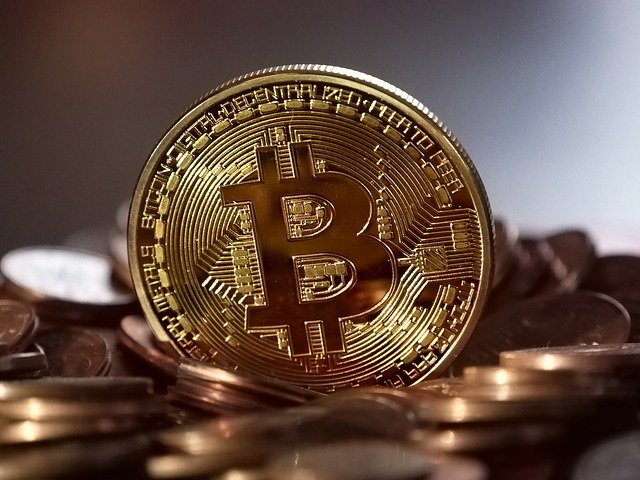Bitcoin is a digital currency that was first launched in January of 2009. It is based on concepts presented in a whitepaper by Satoshi Nakamoto, a mysterious and pseudonymous character.
The identity of the individual or people behind the technology is still unknown. Bitcoin promises reduced transaction costs than existing online payment methods, and it is administered by a decentralized authority, unlike government-issued currencies. For more in-depth knowledge about Bitcoin check out Dchained’s cryptocurrency course which will be your best guide during your crypto journey.
For those wondering how to buy Bitcoins UK, Bitcoin may be purchased through peer-to-peer networks and organizations, as well as bitcoin ATMs, in addition to a number of well-known cryptocurrency exchanges. If you want to trade, numerous online brokerages in the United Kingdom now provide bitcoin CFDs and futures trading.
Bitcoin is not only the first cryptocurrency, but it is also the most well-known of the over 5,000 cryptocurrencies now in use. Bitcoin has become an inextricable part of the landscape, with financial journalists enthusiastically covering each new spectacular high and stomach-churning drop.
While the high volatility may make for interesting headlines, it hardly qualifies Bitcoin as the ideal option for new investors or those seeking a reliable store of wealth. Understanding the ins and outs of Bitcoin may be challenging, so let’s take a deeper look at how it works.
How does Bitcoin Work?
Bitcoin is based on a blockchain, which is a distributed digital ledger. Blockchain is a connected body of data made up of multiple units called blocks that include information about each transaction, such as the date and time, total amount, buyer and seller, and a unique identification code for each trade, as the name suggests. Entries are connected in chronological sequence, forming a digital block chain.
While the concept of anybody being able to alter the blockchain may appear to be dangerous, it is exactly what makes Bitcoin reliable and safe. To be included in the Bitcoin blockchain, a transaction block must be validated by a majority of Bitcoin holders, and the unique codes used to identify users’ wallets and transactions must follow the correct encryption pattern.
Because these codes are long, random numbers, producing them falsely is extremely difficult. This level of statistical randomness in blockchain verification codes, which are required for every transaction, dramatically minimizes the likelihood of a fraudulent Bitcoin transaction being made by anyone.
The process of adding new transactions to the blockchain is known as mining. It’s a difficult job. Bitcoin miners utilize a method known as proof of work, in which computers compete to solve mathematical problems that validate transactions.
Mining Bitcoin used to be possible for the common individual, but that is no longer the case. The Bitcoin code is constructed in such a way that solving its riddles becomes increasingly difficult over time, necessitating more and more computational resources. To be effective today, Bitcoin mining needs strong computers and access to large amounts of inexpensive electricity.
Using Bitcoin
Bitcoin is commonly used as an alternative investment in the United States, helping to diversify a portfolio away from stocks and bonds. Bitcoin may also be used to make purchases, although the number of merchants who accept it is currently restricted.
Overstock, AT&T, and Twitch are just a few of the big names that take Bitcoin. You could also find that some tiny local businesses or websites accept Bitcoin, but you’ll have to look around.
PayPal, on the other hand, has stated that it would begin accepting cryptocurrencies as a form of payment this year, financing transactions by automatically converting customers’ crypto holdings to fiat money.




